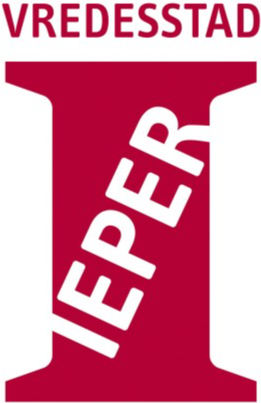DC Microgrids for Sustainable Energy Supply in Togo
Ingenium contributed to the construction of energy islands in collaboration with Solarzondergrens, a Bruges-based firm active in development projects in Togo. These projects were carried out in villages in Togo, where small, self-contained DC grids were installed around a so-called energy kiosk. These kiosks provided the basic energy needs of the local population, such as charging lamps, cell phones and refrigerators.
Client
SolarwithoutBorders
Location
Togo
Timing
2023
DC Microgrids for Sustainable Energy Supply in Togo
Due to the success of these initiatives, the demand for a larger rollout of this concept grew, requiring further extension of power networks over longer distances and higher voltage levels. Ingenium supported this expansion by working on security concepts and DC/AC couplers for energy transmission.
Solutions for DC Microgrids.
Small DC grids 1:
The original energy islands were small-scale DC grids aimed at providing basic energy needs in the villages. The system consisted mainly of solar panels (PV) that generated direct current (DC), and a local energy kiosk that distributed this energy on DC.
Emergence of Larger DC grids 2:
After the success of the smaller systems, there was a need for larger grids that could transport over longer distances and handle larger voltage levels. As a result, the possibility of implementing DC/AC interconnections was explored so that energy could be transported over longer distances with the appropriate voltages for different applications.
Security and Flexibility of the System 3:
Ingenium worked out various protection concepts to ensure the safety of the system, such as integrating DC/AC couplers. It enabled the system to transport energy with appropriate voltage levels for various applications such as lighting, cooling and communications.
Advances in System Design 4:
In collaboration with Solarzondergrens, microgrid designs were optimized for both small and larger distances, focusing on efficiency, safe operation and cost control. The integration of batteries for energy storage ensures that the system can continue to operate even during irregular solar production, ensuring that there is always enough energy available for residents.
Impact and Application
- Access to Renewable Energy: The systems provide villages in Togo with access to clean, renewable energy, contributing to local economic development, improving quality of life and reducing dependence on fossil fuels.
- Increasing Accessibility: Extending the grid to greater distances will allow more villages and communities to be connected to the system, increasing access to energy for even more people.
- Flexible Energy Distribution: DC/AC couplers allow efficient distribution of energy consumption depending on available energy sources (such as sunlight) and community energy needs.
Conclusion: The use of DC microgrids with PV, batteries and DC/AC interconnections provides a flexible and scalable solution for energy transition in remote areas. By integrating renewable energy and applying advanced security concepts, the system can meet the energy needs of both small and larger communities in developing countries such as Togo
Also bitten by
smart technology?
Come push boundaries with us and help make a difference in our industry-leading projects.





.png)







